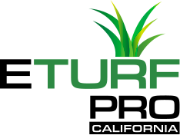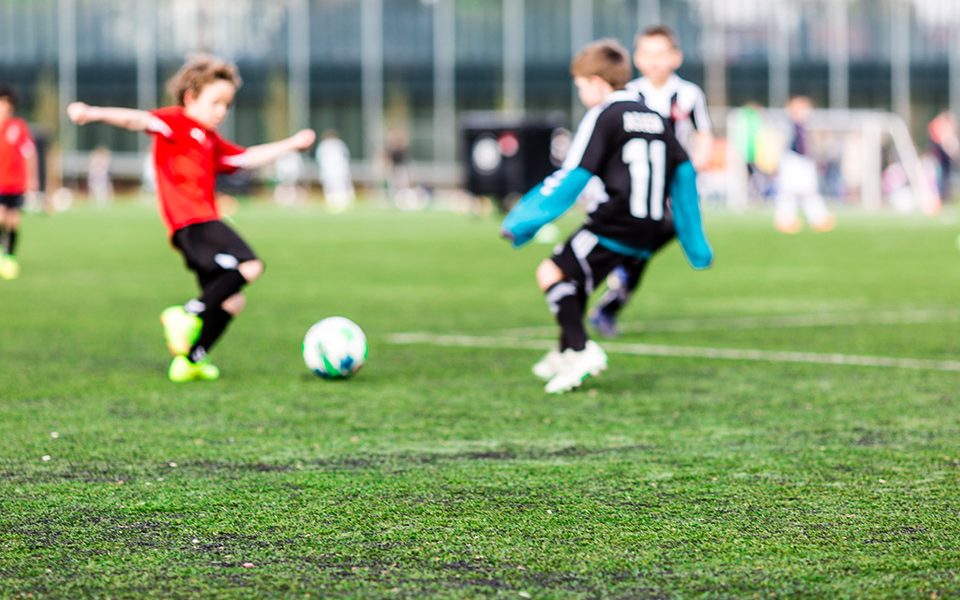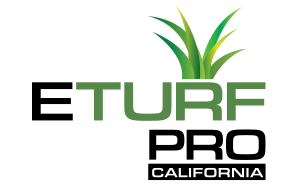How To Solve Common Artificial Turf Problems
The demand for artificial turf is on the rise like never before. More homeowners and businesses are using the grass owing to its numerous benefits. It is durable, low maintenance, cost-effective, has a flexible design option, and offers a lush, green space that you can enjoy all year round.
However, like any other landscaping project, you may encounter issues depending on your installation and planning process. But fret not. Artificial turf problems are normal, and you can easily prevent or deal with them.
The entry below will walk you through the most common artificial turf problems you will encounter as a new or veteran owner and how to solve them. While some people worry about these potential issues, you will be surprised by just how minor and easy they are to fix.
Weed Growth
One major advantage of installing artificial turf is convenience. You do not need to apply weed killers to stop weeds from growing. But, if you have had issues with weeds before, they may come back if you do not use a weed barrier.
Some people do not have problems with weeds in their artificial yard, which may be attributed to quality and well-installed weed-suppressing membrane. As a result, airborne leaves and seeds can cause weeds to grow via the backing onto the surface.
The Fix:
When installing your artificial turf, ask your installers to include an anti-weed membrane to prevent weeds from growing on your fake grass. The anti-weed membrane is a semi-permeable mat that prevents weeds from growing through the grass. The membrane will kill them even before they develop.
Alternatively, you can go the old-fashioned way of uprooting them or using a weed killer. Just make sure not to use harmful chemicals around pets and children. Instead, go for a safe, environmentally-friendly weed killer or homemade vinegar.
Moss Build-up
Moss can also be a cause for concern on artificial turf, especially if it is in an area susceptible to dampness. Though it does not grow naturally on fake grass, sometimes organic matter stuck inside the grass harbors moss, and then it may grow out of hand.
The Fix:
To prevent moss build-up, use a pressure washer or leaf blower to clean your artificial grass and dislodge the organic matter to prevent future moss growth. If you have pets, remove any mess immediately to evade damp patches that can cause moss build-up.
Drainage Issues
Most natural lawns have problems resulting from a lack of water. However, artificial turfs can suffer if they have excess water with no clear runoff.
Water can collect under your turf without proper and sufficient drainage, causing it to bubble and shift. This also acts as the main breeding ground for bacteria, mildew, and mosquitos.
The Fix:
An easy fix for synthetic turf drainage issues is to install drains. This way, excess water will be directed down the drain instead of collecting onto your artificial turf. Lawn care experts install drains in specific locations where water floods.
But for excess water to drain efficiently, you will need to install the correct sub-base, such as crushed stone or granite. This will ensure everything holds together, preventing your artificial grass from shifting and sinking.
Odor Coming Off Your Grass
This is among the easily identifiable turf problems, especially if you have pets using your synthetic turf as a restroom. The odor may also be a result of organic matter. Bacteria and ammonia in your puppy’s urine build up in your artificial grass’s fibers, making you think twice about inviting visitors for a backyard BBQ.
The Fix:
It is always best to clean up any mess by immediately and regularly washing your artificial turf and sticking to good maintenance practices. This will keep your turf smelling and looking its best, particularly during warm weather.
Visible Seams
Most people install artificial turf to realize the unmatchable look of a lush and healthy yard. But seams can ruin that illusion and bring out the ‘fake’ in artificial grass.
Seams occur when two huge pieces of turf are merged. The merge leads to an unappealing look. Plus, it is dangerous because it may even cause people to trip.
The Fix:
The best solution to prevent the appearance of seams is to ensure proper installation of your synthetic turf, taking time to secure every piece with the appropriate adhesive. Note that it is always best to get everything right from the outset since it can be expensive to solve the issue after installation.
Sinking Holes and Spots
Holes and spots are a common problem where the synthetic grass is uneven. You may not immediately notice them on a newly installed turf, but as time progresses, they will appear and make your fake grass look bad. In addition, water can collect in the holes, creating an active and ideal breeding ground for pests and insects.
The Fix:
The best way to fix your uneven grass is to secure a solid sub-base, which will stop your grass from sinking and every other related problem. If it is a DIY project, try to ensure the ground is level with an even base by filling holes before installation.
Surface Heat
Artificial turf holds a lot of heat compared to natural grass. This is because it is a plastic material consisting of polypropylene and nylon. As a result, the air around it can feel hotter since it lacks a cooling effect. And when you touch or walk barefoot on it, it may cause burns. This is a common problem in the summer that makes the lawn unusable.
The Fix:
Sprinkle down the turf with water using a hose. It ensures water drains and dries up quickly, cooling your grass enough for pets and children to enjoy without the risk of burns or discomfort.
Alternatively, you can opt for artificial turf with special cooling properties or one with light-colored blades that will keep the grass cooler.
Final Thoughts
Installing and maintaining synthetic grass is easy, and if you get everything right during installation, you can be assured of a beautiful and crisp lawn for the coming decades.


